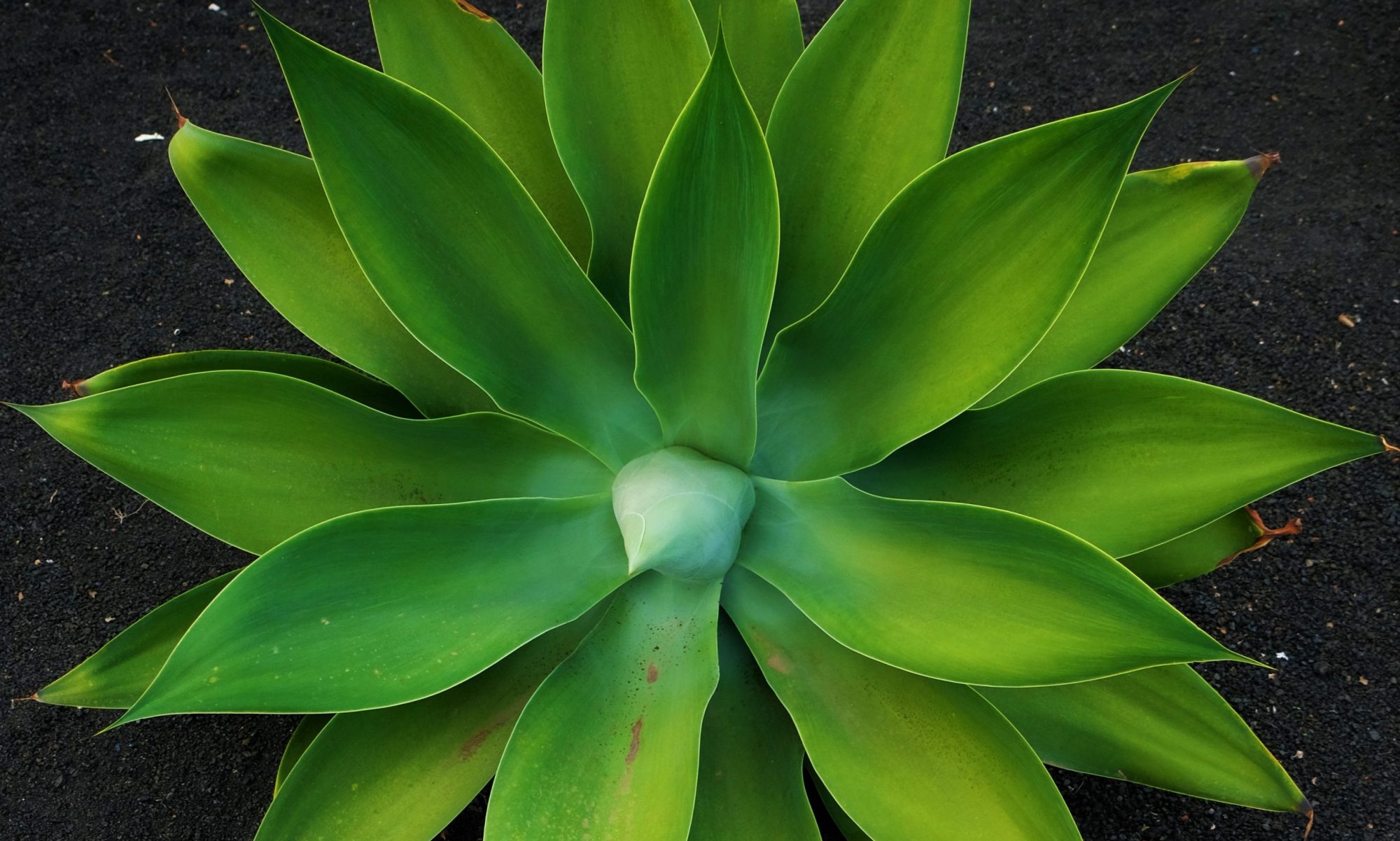[Page under construction, images to follow]
As previously discussed, organic electrolyte solutions can be used to efficiently dissolve cellulose. Polar aprotic solvents (such as water, or alcohols) can then be used to regenerate the cellulose to form a gel-like structure that can be further processed. Final forms can include filaments, films, hydrogels, aerogels, and xerogels. To optimize product development, an understanding of how the final material properties are affected by initial material choice and regeneration process is required.
We generated a series of cellulose hydrogels from both alpha and bacterial cellulose, regenerated with either water, or methanol. The choice of cellulose affected the cellulose chain length, whilst the choice of ‘anti-solvent’ impacted the regenerated material crystallinity. These attributes, in turn, influenced the resultant pore structure, a critical parameter in determining the final material properties. The use of alpha cellulose and water resulted in the highest nanopore to micropore ratio, maximizing the surface area. However, this also limited pore accessibility to larger molecules, such as proteins.
We also demonstrated a novel, facile method for incorporating other molecules into the regenerated cellulose structure. Dissolution of chitosan in water prior to it being used as the cellulose anti-solvent resulted in chitosan ‘entrapment’ at the surface. This enabled use of the hydrogel as a scaffold for tissue engineering.
Full details of the research described here may be found in:
Johns MA, Bernardes A, Guimarães FEG, Lowe J, Ribeiro De Azevedo E, Gale E, Polikarpov I, Scott JL, Sharma RI (2017) On the Subtle Tuneability of Cellulose Hydrogels: Implications for Binding of Biomolecules Demonstrated for CBM 1. J. Mater. Chem. B, 5(21): 3879-3887. doi.org/10.1039/C7TB00176B
Johns MA, Bae YH, Guimarães FEG, Lanzoni EM, Costa CA, Murray P, Deneke C, Galembeck F, Scott JL, Sharma RI (2018) Predicting Ligand-Free Cell Attachment on Next Generation Cellulose-Chitosan Hydrogels. ACS Omega, 3(1): 937-945. doi.org/10.1021/acsomega.7b01583
